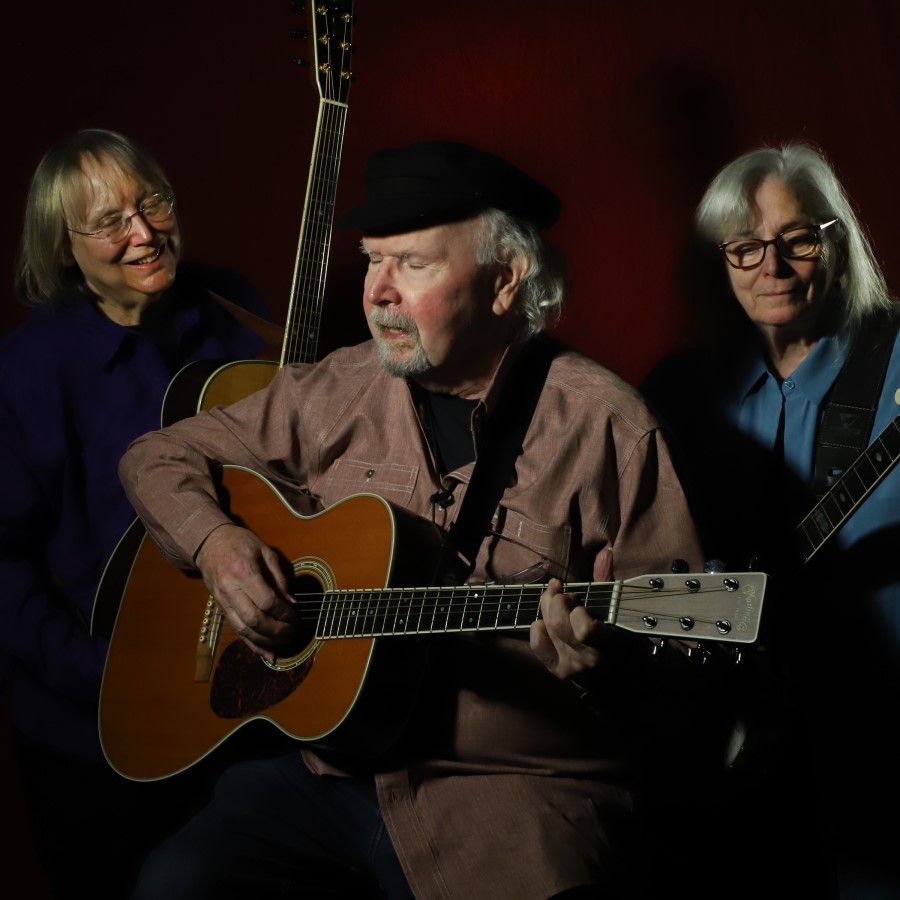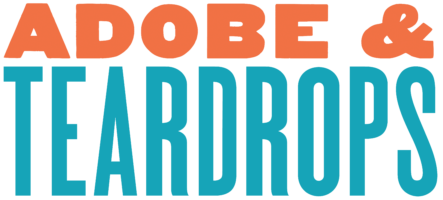We all need a little help from our mentors, but we don’t all have mentors like folk icons Tom Paxton, Cathy Fink, and Marcy Marxer (who make music as Cathy & Marcy.) The longtime friends are set to release their collaboration, ALL NEW, on July 29th. The songs on ALL NEW began in weekly co-writing sessions on ZOOM with Paxton and Fink in 2020. Each week’s session resulted in a new song. The results include love songs, comedy, history, social justice, and great storytelling, and span styles from folk to bluegrass to swing to round-singing. In January 2022, the three recorded 28 of the songs live in concert and in-studio.

GRAMMY® Lifetime Achievement Award Winner Tom Paxton has become a voice of his generation, addressing issues of injustice and inhumanity, laying bare the absurdities of modern culture, and celebrating community. In describing Paxton’s influence on his fellow musicians, Kennedy Center Honors Awardee Pete Seeger has said: “Tom’s songs have a way of sneaking up on you. You find yourself humming them, whistling them, and singing a verse to a friend.”
Two-Time Grammy Award Winners, Cathy Fink & Marcy Marxer are an eclectic folk festival on their own terms. They have entertained the Queen of Thailand, been keynote singers for the AFL-CIO, performed at hundreds of folk festivals, and appeared on the “Today Show” and on National Public Radio. Their superb harmonies are backed by instrumental virtuosity on the guitar, five-string banjo, ukulele, mandolin, cello-banjo, and more.
The duo, whose past students include Kaki King and Rhiannon Giddens, are the artistic directors of the Ola Belle Reed Songwriting retreat and of The Music Center at Strathmore’s annual Ukefest. They are closing in on their 50th recording and have been honored with 65 Washington Area Music Awards, 12 GRAMMY nominations, and a multi-generational following of fans. (PS, you can hear me interview them and queer country bluegrass sensation Sam Gleaves here.)
Cathy Fink and Marcy Marxer graciously discuss their career highlights and how they push for change within the bluegrass world.
Who are some of your musical influences?
Cathy Fink: So many musical influences. I grew up listening to Broadway musicals, singing choral music, and listening to WCAO radio in Baltimore. In those days (1950s & 1960s), stations weren’t genre-specific, so I’d hear The Weavers sing “Wimowe” followed by a Motown song followed by “Blue Navy Blue” followed by Simon and Garfunkle or Ray Charles. I wish radio was less genre-specific today. I dug into Joni Mitchell, Leonard Cohen, Judy Collins, and the folk songwriters as well as Joan Baez, Jean Ritchie, and folks playing more traditional music.
Marcy Marxer: My influences were my family members who played and sang plus the music they listened to like Ray Charles, The Supremes, James Brown. I also loved anything with guitar.
Who would you love to collaborate with? why?
CF: I love collaborating with Tom. We have an easy relationship. My wish list of other collaborators would include Sam Gleaves, Janis Ian, Tim O’Brien, Brandi Carlisle, Leyla McCalla. From the Americana world. I also like to collaborate “out of the box.” I’ve worked with jazz pianist James Fernando on some pieces that are very fresh and innovative. And I love collaborating with different genres and sounds. Marcy and I recently created a show with Chinese Classical Hammered Dulcimer player Choa Tian called “From China To Appalachia.” And in the Strathmore Artist in Residence program, I get to collaborate with a wide variety of styles and instruments.
MM: Ella Jenkins for Kids Music, Ry Cooder for the cool groove and connection to Tradition, Juan Louis Guerra for pure joy, and Frank Vignola for an instrumental.
What are some of the best venues you’ve played? Why?
The Music Center at Strathmore in N. Bethesda, MD, and the Birchmere Music Hall in Arlington, VA are our hometown venues and we love them. Great production values, wonderful vibe and we truly feel at home. But the specific venue is less important than the vibe and relationship we can create with an audience. We did a kids’ concert many years ago at a huge campground for Girl Scouts. We had 3,000 Girl Scouts playing their Air Guitars with us, shining their flashlights, and having a heck of a party! We’ll never forget that. And we’ll never forget some of the lovely folks we’ve met at senior centers and hospitals. While we perform at traditional venues, we pride ourselves on the ability to connect with almost any audience of all ages.
Have you ever been star-struck when playing with a musician?
CF: Yes and no. I may have been a bit star-struck the first time I performed with Pete Seeger, but in so many ways he was a “regular” guy who made everyone feel equal. And we’re all just humans, so I can be thrilled without being star-struck.
MM: We’ve been around too long to be star-struck.
How are you using your platform to support marginalized people? –
CF We have been mentoring and supporting marginalized artists since long before the conversation about doing so was loud. We try to help people connect for gigs, help people figure out their next steps, figure out their recording scenarios, and more. We stay present and available. I am proud to be the International Bluegrass Music Association Mentor of the Year for 2021. I also work in the Strathmore Music Center’s Artist in Residence program mentoring up-and-coming artists. In 2013, a young hip-hop artist named Christylez Bacon was a 22-year-old in the program. We did an album with him for families called, “Banjo To Beatbox” which was nominated for a GRAMMY Award. I’m certain that opened a few doors for him and he’s going strong.
I wrote an article for Bluegrass Unlimited magazine last year on Bluegrass and BIPOC artists. I’ve written articles for lots of publications that allow me to try to feature musicians who need some spotlight. Every little bit helps.
MM: We treat other artists the way our mentors treated us. We were somewhat marginalized as gay people but were taken in proudly by Pete Seeger, Mike Seeger, and Tom Paxton. Our diversity has been a part of our strength when it comes to perspectives in writing, hard work, and practice. We’re proud to bring in diverse artists with a similar understanding of moving forward with musical chops and building community.
What do you want to see from white allies among your coworkers, team, and audience?
MM: We play in Folk, Old-Time, Jazz, and Children’s fields where people have been trying to bring in a diverse community for a long time. Remember who our mentors have been and the way they loved to shine a light on the diversity of musicians. Watch Pete Seeger’s Rainbow Quest TV show. The idea of diversity isn’t new.
How do you feel your queer identity ties into your performance style or music?
CF: I think the fact that I am queer, a multi-GRAMMY Award winner, a multi-instrumentalist, an activist, and social justice warrior speaks for itself. No one controls what I sing or play. As an indie artist, I control that, or we (Marcy and I) control that. We need to be proud of each performance.
MM: As the song says, “Let the work that I do speak for me.”
